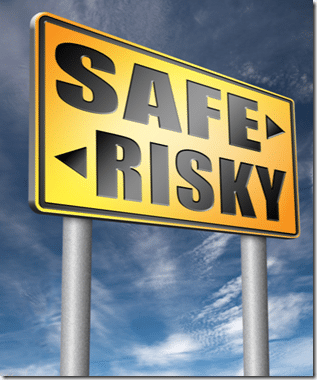
The assumptions of this article in the denial of fallibility and social psychology are mind-numbing. It’s one thing to report on a presentation at a conference without critical thought (an expectation of safety reporting) and an other to infuse behaviourist assumptions and materialist ideology into neuroscience.
Here we have the peak body for safety in Australia endorsing:
Zero ideology
https://safetyrisk.net/no-evidence-for-the-religion-of-zero/
https://safetyrisk.net/sia-has-a-bet-each-way-on-zero/
Counting injury data
Individualist and behaviourist ideology
and claiming to be an organization about professionalism?
When you have no vision for safety or critical thought then turning humans into infallible robots makes sense.
When I read this headline: ‘The neuroscience behind how workers make conscious safety choices’ I knew that blame was the game. The ideology of choice relies upon denial of all we know about social stressors (https://safetyrisk.net/mapping-social-influence-strategies/ ), anthropology and fallibility (https://www.humandymensions.com/product/fallibility-risk-living-uncertainty/). Thousands of experiments and research into social psychology demonstrate that human choice is extremely limited (eg. Schwartz, The Paradox of Choice). Did all the Nazis choose to burn millions in the gas ovens of Auschwitz? Can you choose the time of your own death? Did you chose when where and how your were born? Did you choose your school, friends and career? There are so many contributing pressures to choice that the language of free choice simply doesn’t make sense. What is worse, the language of ‘safety is a choice you make’ (https://safetyrisk.net/is-safety-a-choice-you-make/ ) ignorantly sets up a culture of blaming and safety superiority that alienates workers from the core message of safety.
The article proposes a crazy contradiction ‘ a culture of care’ with a culture of blame. The idea that heuristics and the nature of the unconscious involves some form of rational thinking is simply absurd.
We have all experience driving home in an unconscious state. We pull into the driveway and realize we have no idea of how we got home. We have no memory of our trip. We just drove home across 20 kms of dangerous roads in a daze, an unconscious state where our rational mind was not in action. We may have one brain but we have three minds, we all take actions as fallible people amidst the pressures of hundreds of unconscious influences. Indeed, the following three videos from my website on the nature of the unconscious get thousands of hits each month indicating how interested people are in how humans really make decisions.
Understanding the Unconscious, Risk and Safety from Human Dymensions on Vimeo.
How strange in an article that asserts ‘safety is a choice you make’ that the body of the text conveys doubt about decision making??? The same old misunderstandings of complacency are trotted out with no understanding of what complacency names??? All this focus on the limbic system and so little understanding of the unconscious and the collective unconscious. How convenient to grab for the simplistic answer and the binary black and white.
Binary back and white thinking is evidence of a lack of leadership and professionalism. Humans are not machines. The ideology of 1920s behaviourism has no place in a sophisticated understanding of risk. A mature approach to human fallibility is nowhere to be seen in this article, without any sense of human or social complexity.
The article concludes with a strange illustration about how humans make decisions so I will conclude with a counter illustration. The story of Sully (https://en.wikipedia.org/wiki/Sully_(film ) illustrates that people cannot ‘think’ rationally under pressure and simply don’t have time to do so. Yet, this article makes no mention of implicit or tacit knowledge (Polanyi) or heuristics (read HB 327 sometime). When Sully was falling at a thousand feet a minute he needed to call on all his heuristics so he could make reactive decisions ‘without thinking’. Rational thinking is very slow in Mind One and the unconscious is much faster as getting the right decisions under pressure.
The last thing safety needs is some amateurish approach to fallibility and the human unconscious. The last thing safety needs is reporting on human decision making as some mechanistic black and white binary process. The last thing safety needs is simplistic behaviourist ideology cloaked as neuroscience that supposes that the human machine is the sum of inputs and outputs. The last thing safety needs is representation that is naïve in non-leadership and professionalism, but you got it here all in one.



Do you have any thoughts? Please share them below